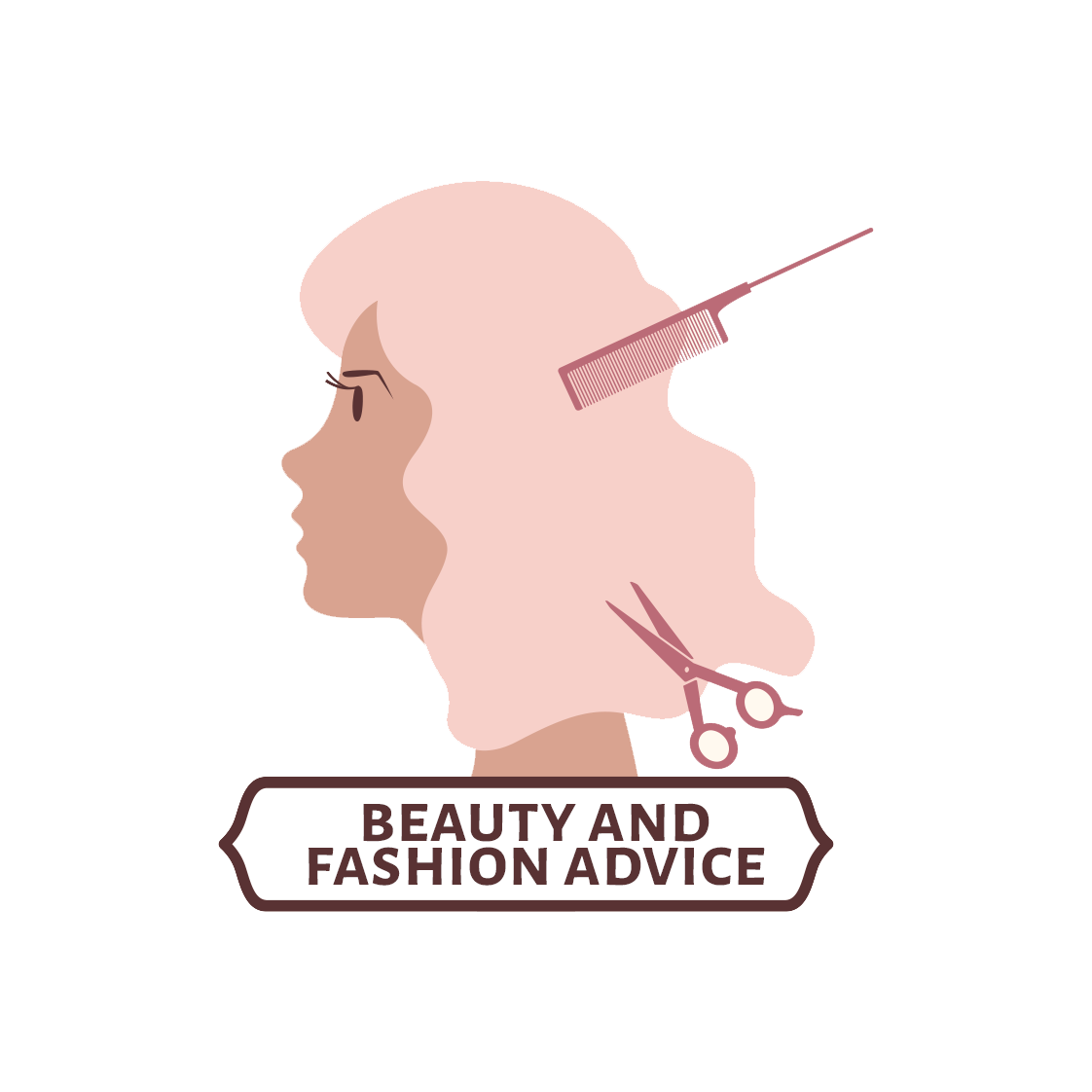In 1486, the best-selling manual of the Inquisition, “Malleus Maleficarum,” identified witches’ hair as being so full of magical powers that it must be cut (as a safety measure, along with torture ideally). Anyone suspected of witchcraft would have their head shaved in the hopes it would render them powerless and more willing to confess.
“[Witches] have existed throughout history, and they do exist today,” says Pollard. Whether as rootworkers, spiritual community leaders, Wiccans, or hoodoo practitioners, “witch” is a term that has often been used broadly to explain the unexplainable.
“Practical Magic was a happy medium,” says Tinubu, “Something different than the Hocus Pocus kind of cloaked up witches, or The Craft’s very dark and chaotic witches.” Now we have The Chilling Adventures of Sabrina, Mayfair Witches, Discovery of Witches, and of course, the long-awaited Wicked movie all swirling around the zeitgeist.
In the quaint New England town where Practical Magic is set, witches aren’t swathed in darkness like in The Craft, nor are they campy like in Hocus Pocus. Gillian and Sally love slamming margaritas and wear slinky low-rise skirts. They hail from a long line of powerful witches, yet they are not immune to picking the wrong men (and sometimes killing them). They love a casual claw clip. Witches…they really are just like us.















